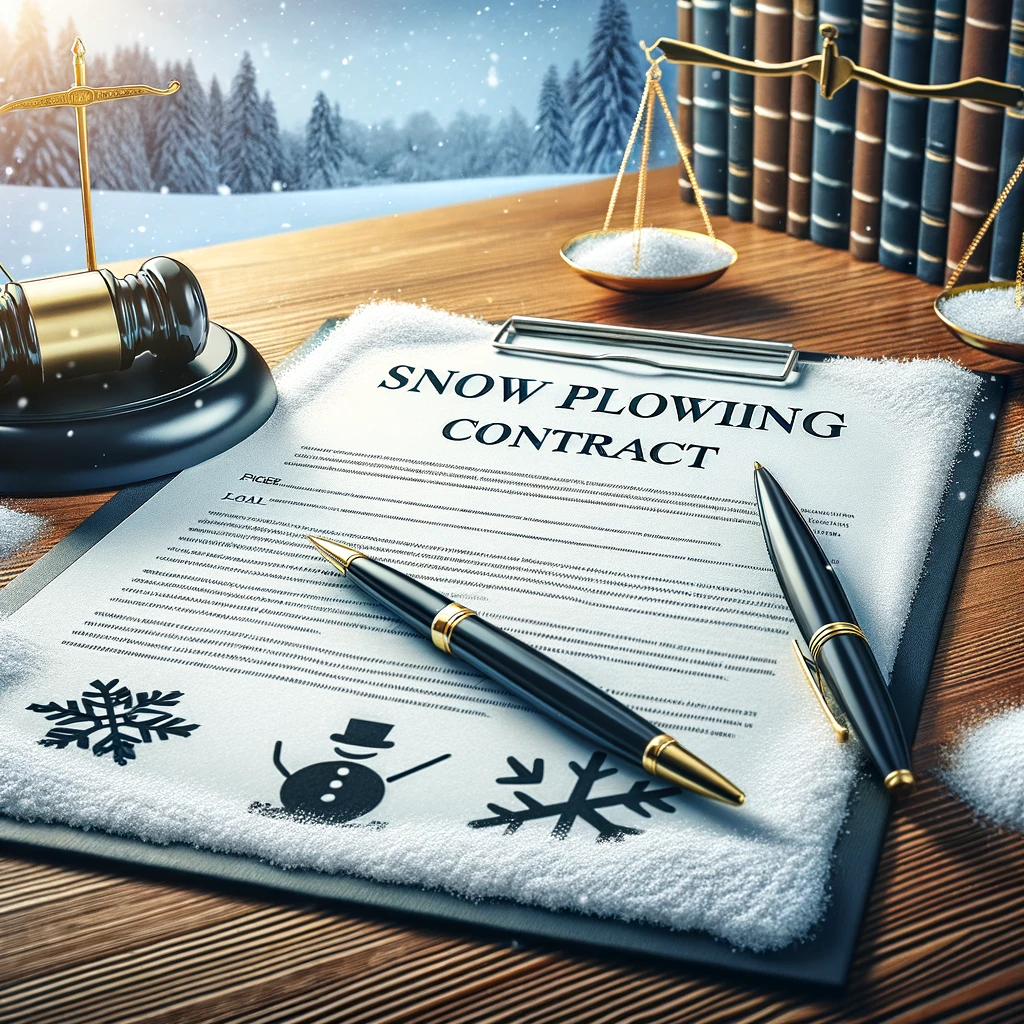The Ultimate Guide to Snow Plowing Contracts: Best Practices for 2023
As winter approaches, ensuring your property remains accessible and safe becomes a priority. For many property owners and managers, this means securing a reliable snow plowing service. A well-drafted snow plowing contract is crucial to outline the terms of service, responsibilities, payment details, and contingency plans. This guide provides a comprehensive overview of snow plowing contracts, emphasizing key components, legal considerations, and negotiation tips to help you prepare for the 2023 winter season in regions prone to heavy snowfall.
Understanding Snow Plowing Contracts
A snow plowing contract is a formal agreement between a property owner or manager and a snow removal service provider. It details the expectations and obligations of each party, ensuring clarity and reducing the likelihood of disputes.

Essential Elements of a Snow Plowing Contract
Scope of Services: Detailed description of services, including plowing, shoveling, application of ice melt, and any additional services like snow stacking or removal.
Trigger Depth: The minimum snow accumulation before services commence.
Service Areas: Specific areas to be cleared, including driveways, parking lots, walkways, and entryways.
Payment Terms: Structure (e.g., per event, monthly, seasonal) and rates, including any charges for extraordinary circumstances.
Duration of Contract: Start and end dates of the service period.
Liability and Insurance: Clauses outlining insurance coverage, damage responsibility, and indemnification.
For drafting guidance, the National Snow and Ice Data Center offers insights into industry standards, while local .gov websites provide regulatory and compliance resources relevant to snow removal services.
Legal Considerations and Compliance
Snow plowing contracts must comply with state and local laws governing snow removal, liability, and environmental regulations. In areas like Wisconsin or Minnesota, specific laws may influence contract terms regarding salt usage and snow disposal practices.
State and Local Regulations: Check state government websites for snow removal laws and guidelines.
Environmental Compliance: Understand restrictions on salt and chemical use to mitigate environmental impact.
Negotiating Your Contract
Negotiation is key to ensuring that the contract meets the needs of both parties. Discussing trigger depths, service areas, and special conditions can help tailor the agreement to your specific requirements.
Best Practices for a Smooth Partnership
Clear Communication: Regularly communicate expectations and feedback with your service provider.
Documentation: Keep detailed records of services performed and any incidents or damages.
Regular Reviews: Assess the contract and services annually to make adjustments for the next season.

Create & Review Your Contracts 10x Quality and Ease
Lawyer-level AI handles all your contract needs, with real lawyers providing safeguarding support

Conclusion
A comprehensive snow plowing contract is essential for property management during the winter months. By focusing on clear terms, legal compliance, and open communication, you can establish a reliable partnership with your snow removal service provider. Stay informed about industry trends and legal requirements by consulting authoritative sources such as Wikipedia and educational platforms like The Snow & Ice Management Association (SIMA).
For property owners in snow-prone regions, preparing a snow plowing contract is an indispensable step towards a safe and manageable winter season. By following the guidelines outlined in this article, you can ensure that your property is well-maintained, regardless of what the winter weather brings.

